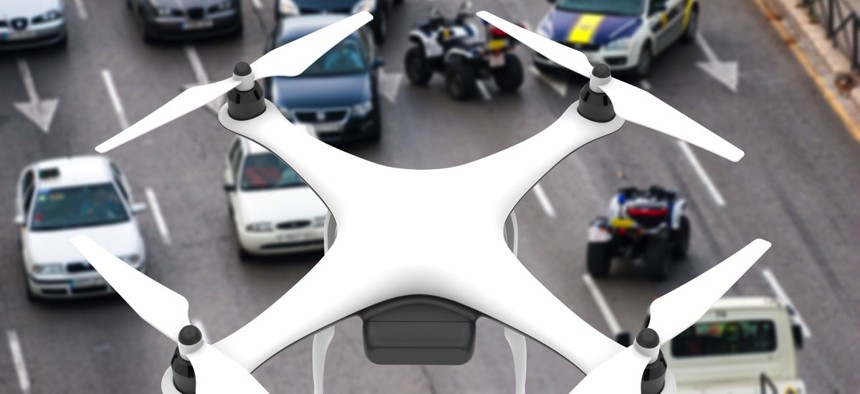Law Enforcement Stress Tests New Emergency Response Tech in Georgia

Verizon and Nokia hosted the second Operation Convergent Response with active shooter and disaster simulations and the gadgets to defuse them.
An abandoned neighborhood in Perry, Georgia, is playing host to state and local emergency response teams stress testing emerging technology during seven disaster simulations from Nov. 5 to Nov. 8.
The second annual Operation Convergent Response put on by Verizon and Nokia at the Guardian Centers brings together first responders, police and SWAT teams from New York to Ohio to Florida.
Scenarios they will be training to combat include active shooters, interstate crash pileups, hurricanes and nuclear detonation situations. The abandoned neighborhood was turned into the Guardian Centers’ Disaster Preparedness and Tactical Training Center.
“They’re very realistic situations; some of them thankfully don’t happen every day,” said Major Sharif Chochol with the Columbia County, Georgia Sheriff’s Office. “Active shooter situations, we’re seeing those more and more across the country.”
Columbia County SWAT team members participated in the active shooter simulation and used Bounce Imaging’s throwable round camera with 360-degree views and audio for the first first time.
“I truly believe it will be something we’re using in the future,” Chochol said.
IT personnel from Columbia County were also involved in the interstate crash pileup simulation—manning a mobile operations center. The center ran VCORE Solutions situational awareness software, aggregating data from numerous sources for an incident commander to view on monitors.
Columbia County has used such a center since 2017, and it’s particularly helpful during mutual aid situations where multiple emergency agencies are involved, Chochol said.
“One, you’ve got to be able to communicate,” he added. “Two, you’ve got to know what your resources on scene are and how to manage them.”
Managing resources more efficiently can mean the difference between life and death, Chochol said.
Drones were also used during the pileup simulation to deliver first aid items to critical patients. Smaller packages can be deployed by unmanned aerial vehicles to help with situational awareness during active shooter incidents, Chochol said.
“It’s an excellent chance to test things out,” Chochol said. “And get new ideas to do things better.”
Dave Nyczepir is a News Editor at Government Executive’s Route Fifty and is based in Washington, D.C.
NEXT STORY: 1 in 55 U.S. Adults Is on Probation or Parole






